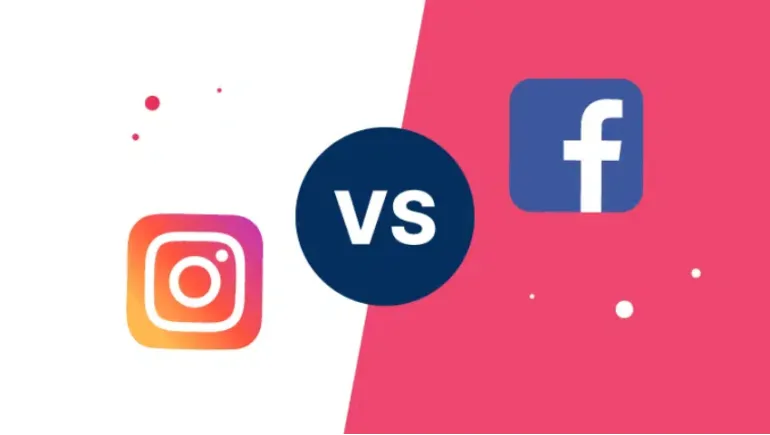
In the world of popular social media, the rivalry between Instagram vs Facebook has evolved from competition to a dynamic narrative of shifting focus and growth. While Facebook remains a global giant in scale, Instagram is rapidly asserting itself—not just in user engagement, but in revenue and ad dominance. In 2025, the question isn’t only “Which is bigger?” but “Which is growing faster and more meaningfully?” Let’s dig into the data and trends to find out.
One of the most striking developments: in September 2025, Meta CEO Mark Zuckerberg announced that Instagram has reached 3 billion monthly active users (MAUs). This is a major milestone for a platform once considered a niche imagery app. For context, Facebook has long held the crown for sheer scale, and it continues to command a massive user base.
Though Meta does not always break out Facebook’s most recent MAU publicly in the same way, we know that the Facebook platform (as part of Meta’s “Family of Apps”) remains a core pillar of usage. Across Meta’s suite (Facebook, Instagram, WhatsApp, Messenger), the company continues to maintain multibillion-user reach globally.
When comparing Instagram Growth vs Facebook Growth, it’s not just about user counts. The real changes are visible in how quickly Instagram is grabbing new users, especially in regions where Facebook has matured, and in how those users are being monetized.
Instagram’s contribution to Meta’s revenue has skyrocketed over the years. In 2024, Instagram accounted for about 40.6% of Meta’s total revenue, up consistently from prior years. That share has been rising thanks to deeper ad integration, Reels monetization, shopping features, and algorithmic targeting.
By 2025, forecasts suggest Instagram will claim over half of Meta’s U.S. ad revenue—a pivotal shift in the business model. Emarketer estimates Instagram’s U.S. ad revenue will reach $32.03 billion in 2025, making up around 50.3% of Meta’s U.S. ad revenue.
Meanwhile, Meta’s overall revenue remains strong: in Q1 2025, it reported $42.31 billion, marking 16% year-over-year growth. In Q2 2025, ad revenue was cited at $46.6 billion, with ad impressions up ~11% and average ad price rising ~9%. These numbers show that while Facebook continues to be monetized, Instagram is becoming an increasingly central revenue driver.
What’s fueling Instagram’s rise? A mix of strategic moves:
Facebook, on the other hand, retains strong community features: Groups, Marketplace, long-form content, events, and robust ad targeting infrastructure. It still plays a vital role in the ecosystem, especially for audience breadth and legacy users.
So how do we assess growth comparatively?
Therefore, if the metric is growth rate and direction, Instagram is gaining ground faster. If it’s absolute scale and entrenched infrastructure, Facebook still holds immense strength.
In 2025, the Instagram vs Facebook narrative isn’t just about dominance—it’s about transition and balance. Instagram is accelerating, bringing fresh formats and faster adoption curves. Facebook remains foundational, holding a massive user base, deep ad infrastructure, and legacy value.
Ultimately, who is growing more depends on what dimension you measure—users, revenue, engagement, or platform potential. The smarter bet is to understand where each platform excels and use them in tandem.
Instagram may currently be the rising star in speed and monetization, but Facebook remains the bedrock that underpins Meta’s social empire. In this evolving landscape, adaptability, strategic presence, and insights will define the winners.












Comments
There are no comments for this Article.